-
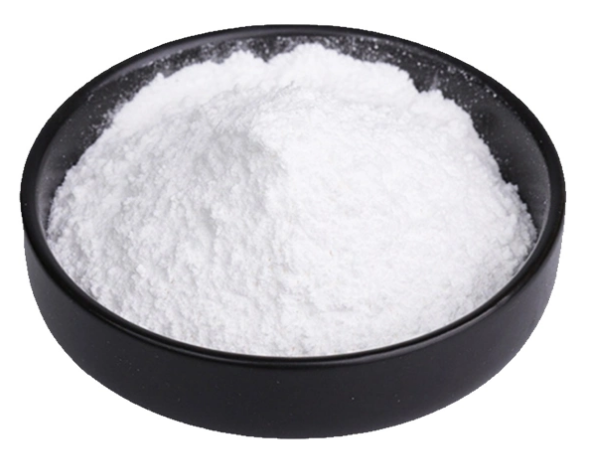
3-(N-tosyl-L-alanyloxy)indole CAS:75062-54-3
3-(N-tosyl-L-alanyloxy)indole is a chemical compound with the molecular formula C20H20N2O4S. It is commonly used as a building block or intermediate in organic synthesis. The compound features an indole ring system, which is a common motif in a variety of biologically active molecules. 3-(N-tosyl-L-alanyloxy)indole is often used in the synthesis of pharmaceuticals, agrochemicals, and other organic compounds.
-

XD90152 DA-67 CAS:115871-18-6 Manufacturer Price
DA-67 is a chemical compound commonly used in biochemical research and enzyme activity assays. It is cleaved by certain enzymes, releasing a molecule called 2-chloro-4-nitrophenol, which can be easily detected and quantified using spectrophotometric methods. The compound finds applications in high-throughput screening for drug discovery, glycobiology studies, and investigating glycosylation processes. It is a valuable tool for studying enzyme kinetics, substrate specificity, and mechanisms of action in carbohydrate metabolism.
.
-

ABTS (2,2′-Azino-bis(3-ethylbenzthiazoline-6-sulfonic acid) diammonium salt) CAS:30931-67-0
Diammonium 2,2′-azino-bis(3-ethylbenzothiazoline-6-sulfonate), often referred to as ABTS, is a commonly used chromogenic substrate in biochemical assays, particularly in the field of enzymology. It is a synthetic compound that is used to measure the activity of various enzymes, including peroxidases and oxidases.
ABTS is colorless in its oxidized form but turns blue-green when oxidized by an enzyme in the presence of hydrogen peroxide or molecular oxygen. This color change is due to the formation of a radical cation, which absorbs light in the visible spectrum.
The reaction between ABTS and the enzyme produces a colored product that can be measured spectrophotometrically. The intensity of the color is directly proportional to the enzymatic activity, allowing researchers to quantitatively evaluate enzyme kinetics, enzyme inhibition, or enzyme-substrate interactions.
ABTS has a broad range of applications in various fields, including clinical diagnostics, pharmaceutical research, and food science. It is highly sensitive and offers a wide dynamic range, making it a popular choice for many biochemical assays.
-

ABEI CAS:66612-29-1 Manufacturer Price
N-(4-Aminobutyl)-N-ethylisoluminol, also known as ABEI, is a luminescent compound often used as a chemiluminescent probe in bioanalytical applications. It belongs to the class of isoluminol derivatives and is widely used in immunoassays and DNA/RNA detection techniques.
.
-

Creatine phosphate disodium salt CAS:922-32-7
Creatine phosphate disodium salt is a compound that consists of creatine, a naturally occurring amino acid derivative, bound to phosphate groups and sodium ions. It plays a crucial role in providing energy for muscle contraction and is commonly used as a dietary supplement by athletes and bodybuilders.
When consumed, creatine phosphate disodium salt is converted into creatine phosphate in the body, which is then stored in the muscles. During high-intensity activities, such as weightlifting or sprinting, creatine phosphate acts as a readily available source of high-energy phosphate bonds, allowing for the rapid replenishment of adenosine triphosphate (ATP).
ATP is the primary energy molecule used by muscles, and its levels decrease rapidly during intense exercise. By supplementing with creatine phosphate, athletes can increase the availability of ATP, leading to improved muscle performance, increased power, and reduced fatigue.
Additionally, creatine phosphate disodium salt may have other potential benefits, including increased muscle mass, enhanced recovery, and improved cognitive function. It is typically taken orally in powder or tablet form, either as a standalone supplement or as part of a pre-workout or post-workout supplement regimen.
-
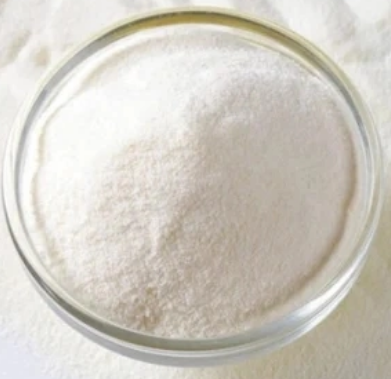
PUROMYCIN DIHYDROCHLORIDE CAS:58-58-2
Puromycin dihydrochloride is a compound commonly used in molecular biology and cell culture studies. It is an antibiotic that inhibits protein synthesis by prematurely terminating the translation process. Puromycin dihydrochloride is often employed as a selection marker in genetic engineering experiments, allowing for the identification and isolation of cells that have successfully incorporated a desired gene or genetic modification.
-
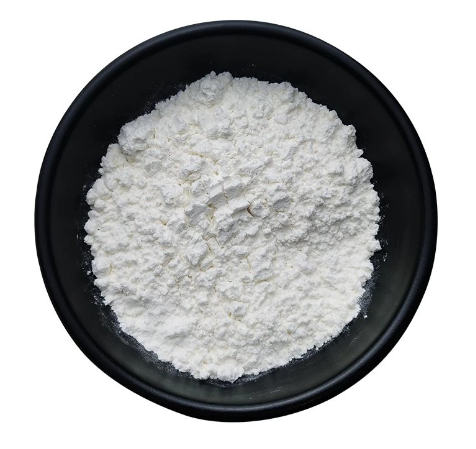
HEPPS CAS:16052-06-5 Manufacturer Price
HEPPS, which stands for N-(2-Hydroxyethyl)piperazine-N’-2-ethanesulfonic acid, is a zwitterionic buffering agent commonly used in biological and biochemical research. It is known for its excellent buffering capacity and stability over a wide pH range, particularly in the range of pH 6.8-8.2. HEPPS is often used in cell culture media, protein purification, enzymatic reactions, and other applications that require a precisely controlled pH environment. It is soluble in water and is typically used at concentrations ranging from 10 mM to 100 mM. HEPPS is considered non-toxic to cells and has a low background interference, making it a popular choice for many experimental protocols.
-
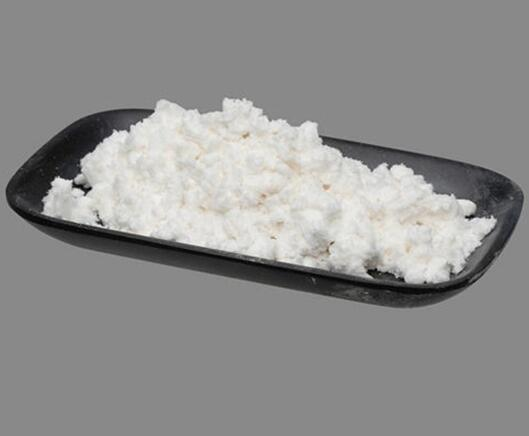
Z-GLY-PRO-PNA CAS:65022-15-3
Z-GLY-PRO-PNA is a peptide nucleic acid (PNA) derivative with the sequence Z-Gly-Pro. This compound is commonly used in research and diagnostics for its ability to bind specifically to complementary nucleic acid sequences. The addition of the Z-group on the N-terminus allows for efficient targeting and delivery to the desired molecular targets. With its unique combination of peptide and nucleic acid properties, Z-GLY-PRO-PNA offers great potential in various applications, including gene therapy, molecular diagnostics, and drug development.
-

Tapso Sodium CAS:105140-25-8 Manufacturer Price
3-[N-Tris(hydroxymethyl)methylamino]-2-hydroxypropanesulfonic acid,It is a zwitterionic buffering agent in the form of a sodium salt. It is commonly used in biochemical and molecular biology experiments for maintaining a stable pH in solutions. It is highly soluble in water and has a pKa close to physiological pH, making it suitable for a wide range of applications such as protein purification, enzyme assays, cell culture, and electrophoresis. Its unique chemical structure and compatibility with biological systems make it an essential component in various laboratory protocols.
-
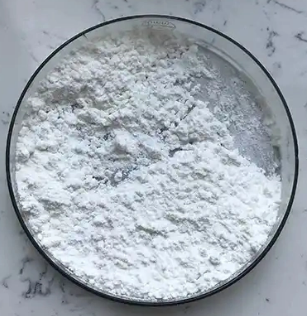
3-(N-tosyl-L-alaninylazy)-5-phenylpyrrole CAS:99740-00-8
The compound contains a pyrrole ring with a phenyl group attached at position 5. Additionally, it has a tosyl group and an L-alanine derivative attached at position 3, forming a complex structure.
-
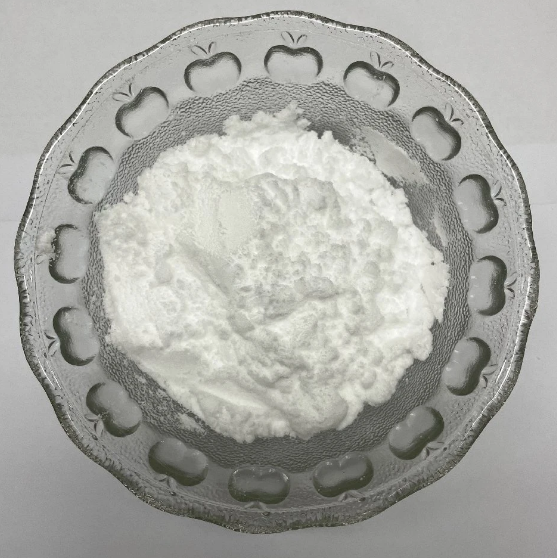
APS-5 CAS:193884-53-6 Manufacturer Price
(4-Chlorophenyl)thio-methanol 1-(dihydrogen phosphate) disodium salt (1:2) is a chemical compound that belongs to the class of acridine derivatives. It consists of a 10-methylacridine ring system with a thioether group attached to the 4-chlorophenyl position. The compound also contains a methanol group and two phosphate groups that are partially neutralized by sodium ions.
-
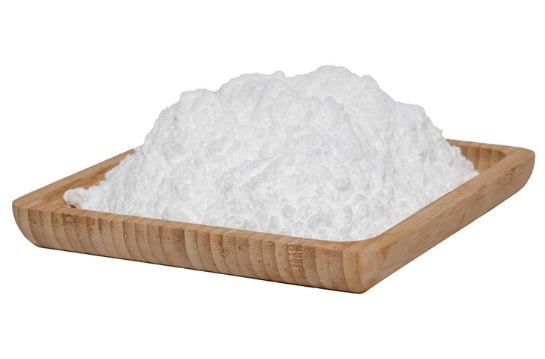
Disodium 5′-Inosinate CAS:4691-65-0
Disodium 5′-Inosinate, also known as E631, is a food additive that is commonly used as a flavor enhancer. It is derived from inosinic acid, which is a nucleotide found naturally in various foods such as meat and fish.
Its primary function is to enhance the taste of food by adding a savory or umami flavor. Disodium 5′-Inosinate is often used in combination with other flavor enhancers such as monosodium glutamate (MSG) in processed foods, snacks, seasonings, and canned foods.
Adding Disodium 5′-Inosinate to food can help improve the overall flavor profile by increasing the perception of meaty or savory taste, especially in products where natural flavors may be lacking.

